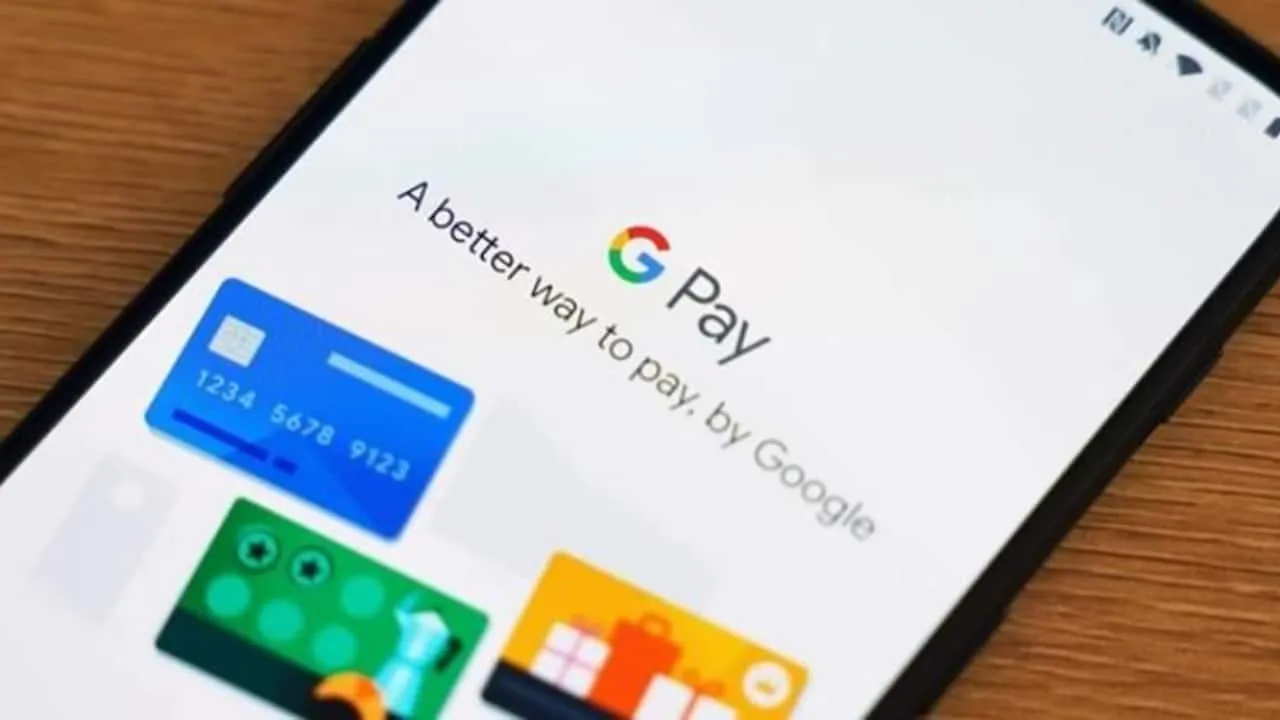Understanding Google Pay UPI Circle: Permission, Delegation, and Payments

What is UPI Circle?
The UPI Circle feature allows two individuals to use one bank account (the primary user's) to make payments digitally. It aims to support those who currently rely on others for financial management, enabling them to take control of their own financial transactions.
Delegation Options
Members must ensure that the primary user explicitly authorizes the secondary user for either full or partial delegation, providing clear consent and defining the scope of transaction authority.
Full Delegation
The primary user can set a monthly payment limit of up to Rs 15,000, enabling secondary users to make transactions within that predetermined threshold.
Partial Delegation
The primary user maintains ultimate control, with the ability to review and approve each payment request initiated by the secondary user.
Requirements to Add Secondary Users
- Active bank account linked to Google Pay.
- Secondary user's mobile number must be saved in the primary user's contact list.
- Secondary user must have a valid UPI ID.
How to Add a Secondary User
- Secondary user shares QR code with primary user to scan and add as a contact.
- Primary user verifies the contact and confirms.
- Primary user chooses between full or partial delegation options.
- Secondary user accepts the request to join UPI Circle.
Making Payments Using Google Pay UPI Circle
- Secondary user sends a payment request to the primary user.
- Primary user confirms the payment request to approve.
Security Measures for Users
To secure payments made through partial or full delegation, secondary users must enable an app lock for Google Pay, protecting transactions from unauthorized access.
This article was prepared using information from open sources in accordance with the principles of Ethical Policy. The editorial team is not responsible for absolute accuracy, as it relies on data from the sources referenced.